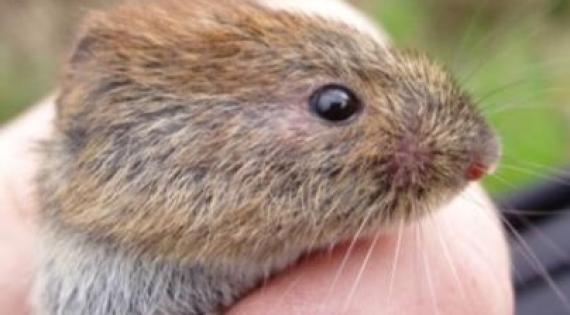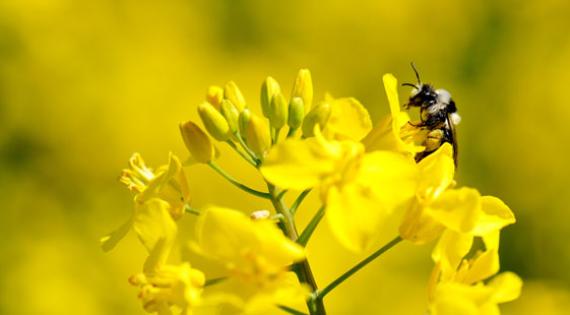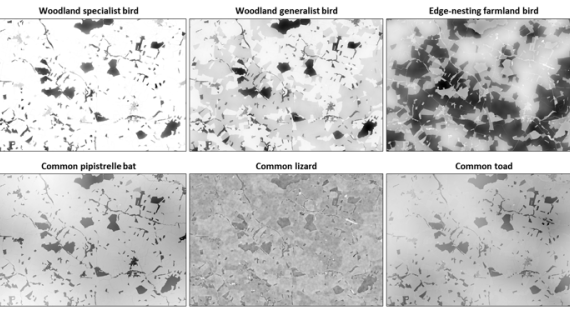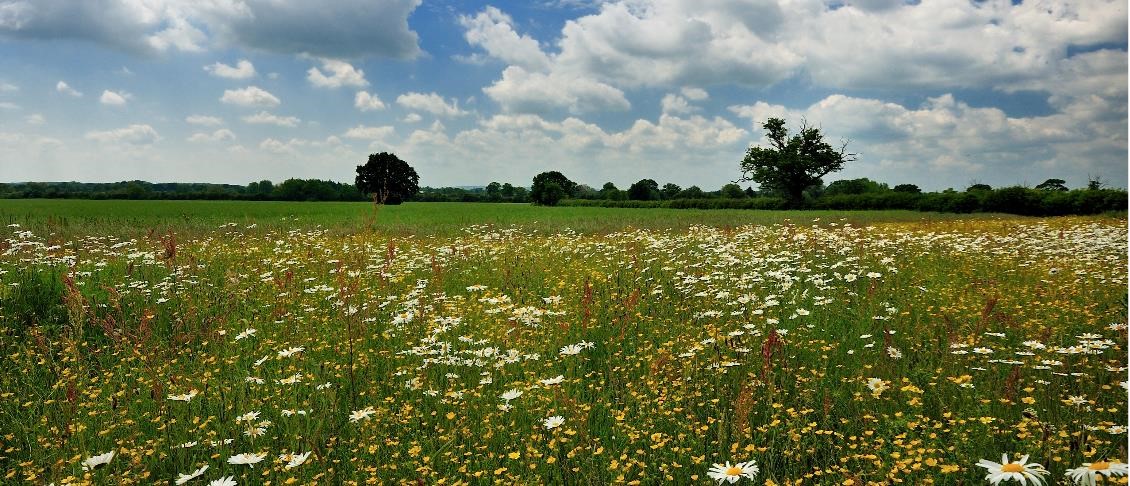The UK's farmland is home to a wide range of species, some of which are particularly associated with farmland habitats. However, much of our farmland wildlife declined over the twentieth century as agricultural practices intensified and non-crop habitats on farmland were lost. Biodiversity is important in providing key ecosystem services such as crop pollination and pest control, so bringing wildlife back to farmland is important for both environmental and agronomic sustainability. We are producing models and datasets to help understand how farmland management can best help to boost biodiversity.

Habitat suitability models
The Biological Records Centre at UKCEH works with volunteer citizen scientists across the UK, collating information on where and when species have been observed. Using this data, we can model how species relate to different habitats and management, and construct maps of habitat suitability across GB. These maps help us to understand large-scale patterns in where species are expected to occur, giving us information on where best to target actions for different groups across the GB farmed landscape

Poll4pop modelling of bee populations
We are working with the University of Reading and Lund University to continually develop the poll4pop model – a model that simulates bee foraging and population dynamics. Poll4pop predicts not only the relative abundance of wild bees across a landscape, but also the levels of pollination service these bees provide to wild and crop plants.

*4pop modelling of wider biodiversity
We are developing new population models to predict the abundance of key farmland species and how they respond to management interventions. Our models simulate how animals and plants use the landscape at fine spatial scales, and include key indicator species such as birds, bats, amphibians, reptiles, butterflies, moths and plants. These models are based on the successful Poll4Pop model and use expert knowledge of the ecology of species together with high resolution mapping of habitats. These models allow us to simulate what the effect of management actions at the farm scale might be, and they help us to plan the best possible farm landscapes for our wildlife.
